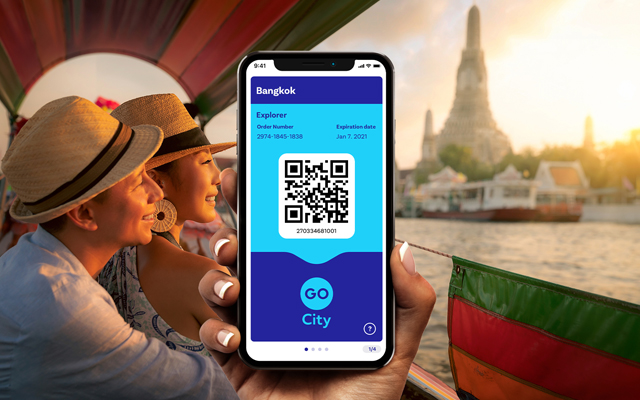The biggest difference in analysing big data pre-pandemic and post-lockdown is that many travel insights then do not apply in the current recovery stage anymore. Dawn Jeremiah, vice president, marketing & ecommerce, APAC, Go City, sheds light on how to navigate the new digital trends and leverage customer data to cater to them


What are some new digital trends in APAC with regard to customer online preferences emerging post-lockdown?
It’s an exciting time for the travel industry! A major trend is that consumers are now planning travels further in advance. We’re noticing a significant change in booking windows.
Our customers globally are now making purchases 30 days in advance compared to the same period in 2019, where they purchased their passes 23 days in advance.
This means that travellers are needing to plan in ways they haven’t had to before, and their behaviour is needing to change as a result. There is no doubt that there is an eagerness to get back out there, and an abundance of choice, but as prices and crowds both soar, we’re seeing travellers needing to do more advance planning than ever before in order to have a positive experience.
This is leading companies to increase their focus on the customer experience. As customers balance their pent-up demand for travel with the need for value, companies have to put the needs of the customer first.
For example, we’re focusing first and foremost on the customer experience at Go City, and have enhanced our pre-trip planning resources, educated customers on crowds and reservations at certain destinations, and removed pain points around redemption.
As a result, our NPS (Net Promoter Score) numbers have increased by 40 per cent in 6 months.
What is the biggest difference you noticed when leveraging big data pre-pandemic and the current recovery stage?
The biggest difference in analysing big data pre- and post-pandemic is the fact that there are many insights from way back then, that may not necessarily apply in this current recovery stage.
We’ve seen a shift in the types of products our customers purchase. In April to May 2019, 38 per cent of our customers in Asia-Pacific opted for our All Inclusive city passes which let customers visit as many attractions as they like based on a set number of days, and 62 per cent opted for our Explorer city passes, which let customers visit a set number of attractions across 60 days.
In April to May 2022, that percentage has shifted – our All Inclusive products now take 51 per cent share, compared to 48 per cent of Explorer.
The data also tells us that customers are opting to see more and do more, making the most out of their limited time in a city.

How can you maximise real-time data to best respond to latest customer travel preferences?
Data matters, but action is king. Companies need to be leveraging data to improve every stage of the customer journey – from travel inspiration through to post-purchase.
Fo example at Go City, we recognised summer travel was going to be at an all-time high. Meanwhile, attractions are still facing staff shortages, and trying to determine which (if any) reservation technology works for them.
In order to minimise the impact of these issues on our customers, and also support our attraction partners, we began looking at real-time visitation data over time, and comparing with other third-party sources.
Working closely with attractions, we are now able to pinpoint the best time for customers to visit a given attraction for the ideal experience. This minimises crowding during peak times, and helps guide our customers to get the access they expect.
How can you best leverage customer data to create unique and hyper-personalised experiences for today’s Asian travellers?
Hyper-personalisation occurs throughout the entire customer journey, from attracting customers with dynamic targeting, unique landing pages, omnichannel customer service, to dynamic pricing and loyalty programmes, and more.
The first step to take is to identify the needs of today’s Asian travellers – and data should be leading decision-making at all those points. And that’s not just demographics anymore, but psychographics and behavioural data as well.
It is then important to understand what the current state of technology and data is within the organisation, as a personalisation strategy needs to be enabled by the appropriate data, technology, and product architecture.
We use data to better serve our customers with suggestions of attractions which we believe they will enjoy, and send push notifications or emails to customers whom we know will benefit from a sale or a promotion that’s currently on.
What online strategy should tourism players use to boost resilience to market volatility?
Modern businesses utilise forecasting models to guide operational decisions. These models will need to be replaced because of the massive economic and structural shifts caused by the pandemic.
I believe in sticking to the fundamentals – delivering a great product that your customers love via an efficient sales channel that is easy to use. Choice and flexibility is key in all areas especially when this region is still in recovery mode.
Catch Jeremiah and other progressive business leaders sharing their insights at the upcoming Digital Travel APAC 2022 from August 23 to 25, 2022.



















